These vehicles clean the air while you drive
In a context of global warming, emissions from transportation are on everyone’s mind. According to the United Nations Environment Program, a quarter of global greenhouse gas emissions are associated with transportation. The World Bank estimates that in 2035 transportation will be the largest source of greenhouse gas emissions.
The problem, furthermore, is that there is no viable alternative: we cannot stop moving things (or ourselves) from one place to another. Transportation is an essential element in modern societies and one of the pillars of economic growth. Without the ability to move goods and people, commerce would become impossible, and with it many of the comforts that we can enjoy in 2024.
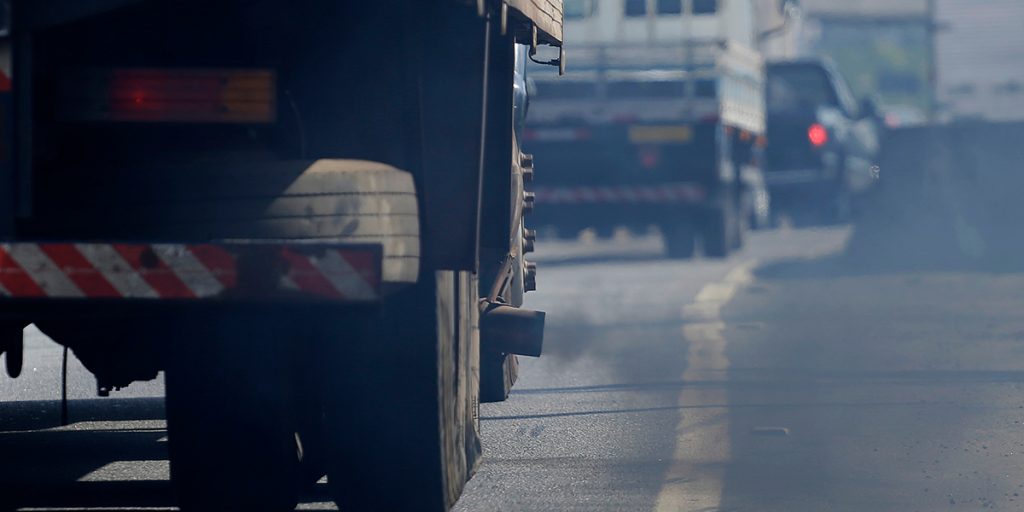
The rise of carbon dioxide capture
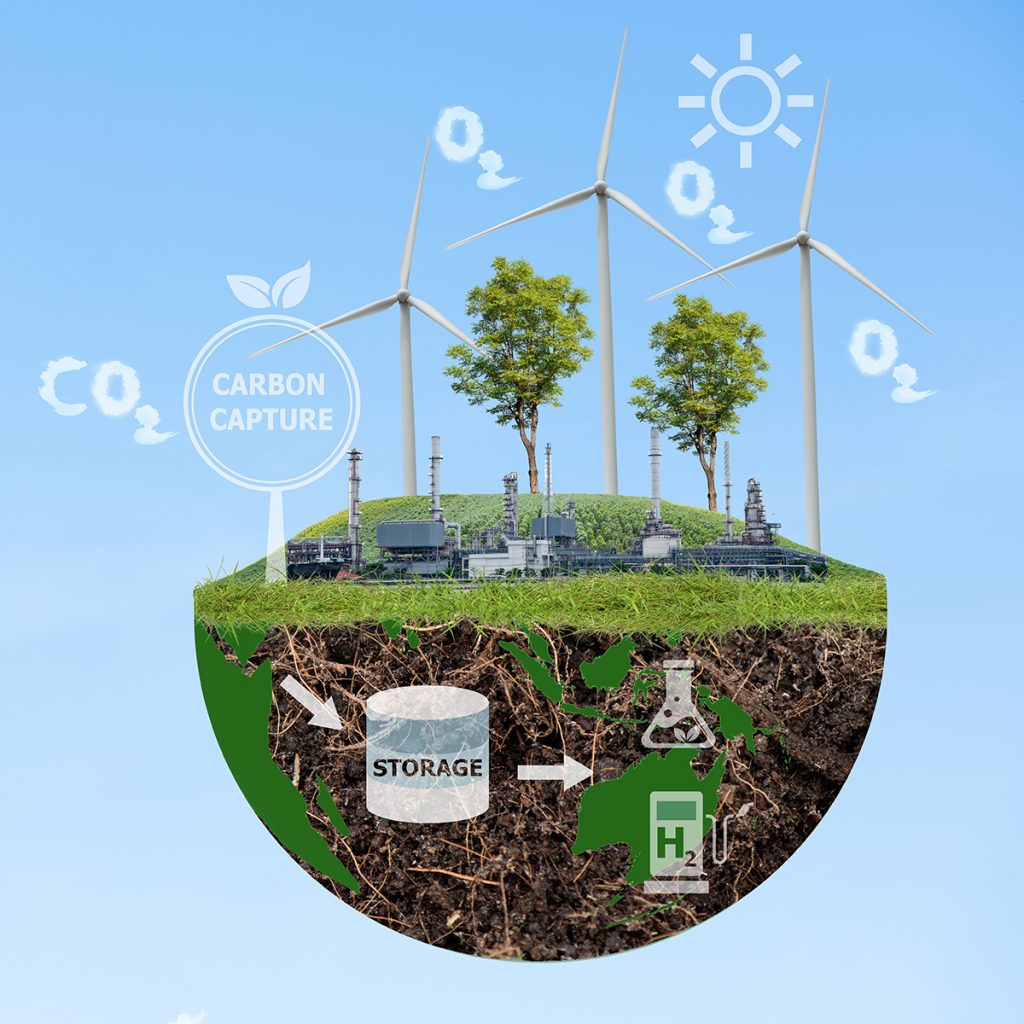
The positive aspect is that the world is focused on finding solutions, both to avoid climate change and to influence the causes that cause it. Within the search for technologies that reduce greenhouse gas emissions, there is one that stands out for its potential for the transportation industry: carbon capture.
Twenty-seven operating plants in the world use this type of technology to remove pollution from the air. Another six will be completed in the coming years. According to the International Energy Agency, combined, these plants already have the capacity to capture more than 0.1 metric tons of carbon dioxide per year, extracting it directly from the air. In addition, there are plans in various stages of development to build more than a hundred plants of this type soon. But the usefulness of gas-capture technologies is not limited to specialized plants. It turns out that some systems can already be incorporated into different types of vehicles.
Carbon capture on wheels
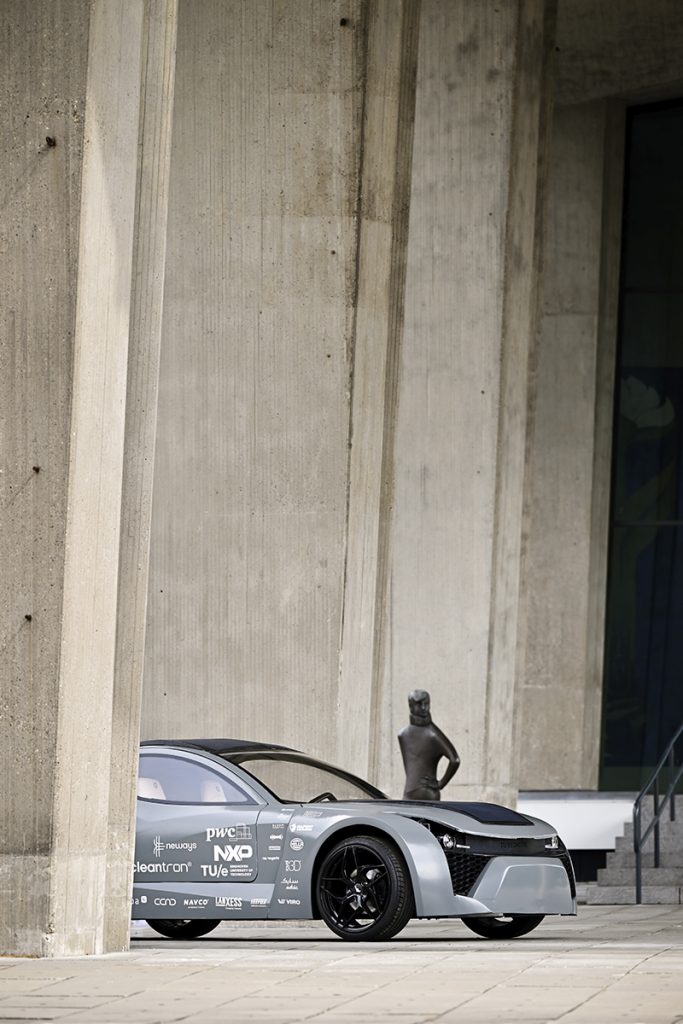
Photos courtesy of TU/ecomotive
One of the first designs was developed by a group of students from the University of Technology in the Dutch city of Eindhoven. Presented in 2022, this vehicle, a passenger car under the name Zem (Zero Emission Mobility), captures carbon dioxide while the car is in motion. Furthermore, it was designed to be a truly sustainable means of transport, both during its production and, above all, when it is in use. It emits a tiny amount of greenhouse gasses.
The car, whose body is 3D-printed from recycled plastics, is capable of capturing CO2 while driving. It does this using two filters specifically designed with carbon dioxide capture in mind. According to its creators, the ZEM captures up to two kilos of this gas per year, assuming an average use of 20,000 kilometers. Filters, in addition to capturing carbon dioxide, store it. Once full (approximately every 320 kilometers), they are emptied and ready to swallow greenhouse gasses again.
The main obstacle for the ZEM, however, is that its gas capture capacity is still very limited. The two kilos per year that it is capable of processing represent only 0.04% of the emissions produced by a vehicle per year.
Another project that seeks to combine transportation with emissions capture is that of the Swiss company Qaptis. The company, based in Ecublens, near Lausanne, has developed a carbon dioxide capture system aimed at heavy vehicles. The device, which is installed in the exhaust pipe of vehicles, captures the gas, which is then liquefied and stored in liquid form.
The Qaptis project is still in the development phase, although the company claims that it is capable of capturing 90% of the emissions of a heavy transport vehicle. According to the company, the first test vehicles using this technology will hit the roads in Switzerland at the end of 2024, the result of an agreement with a local transport company.
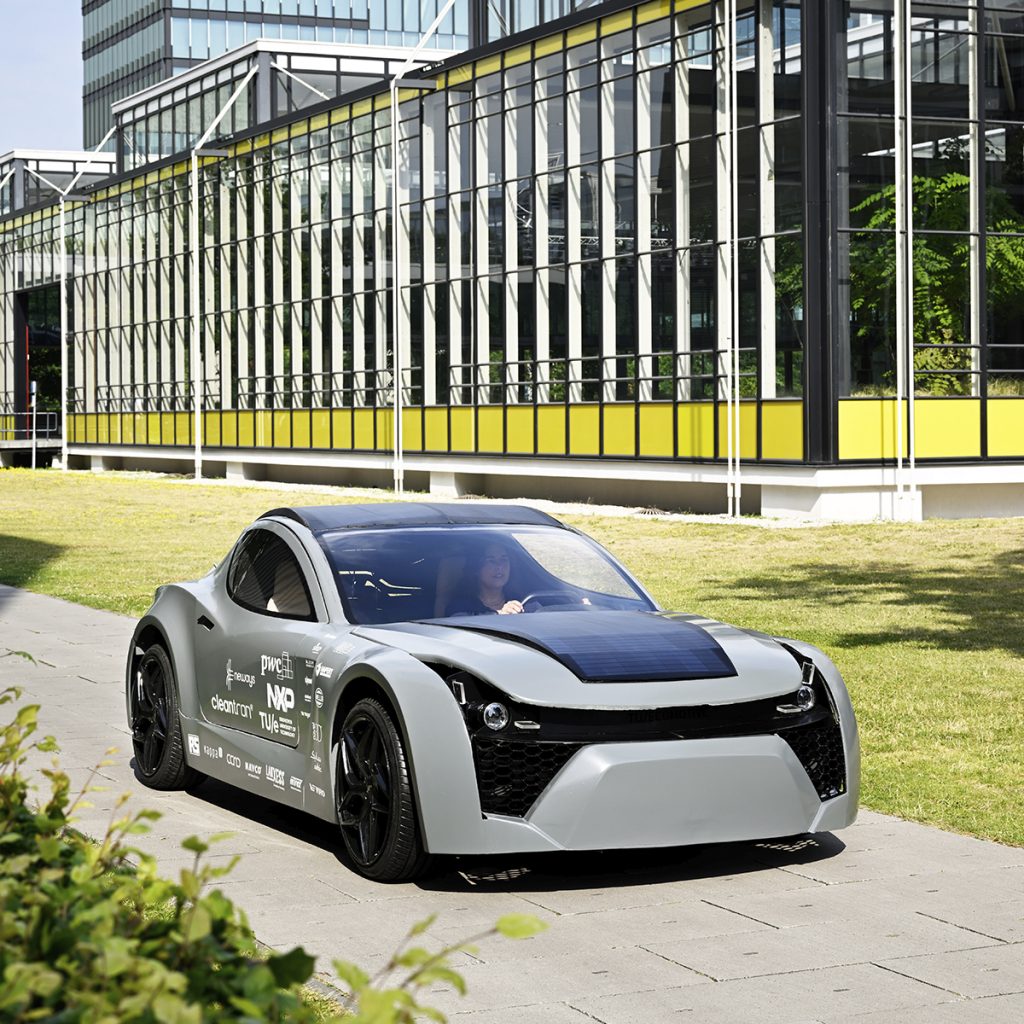
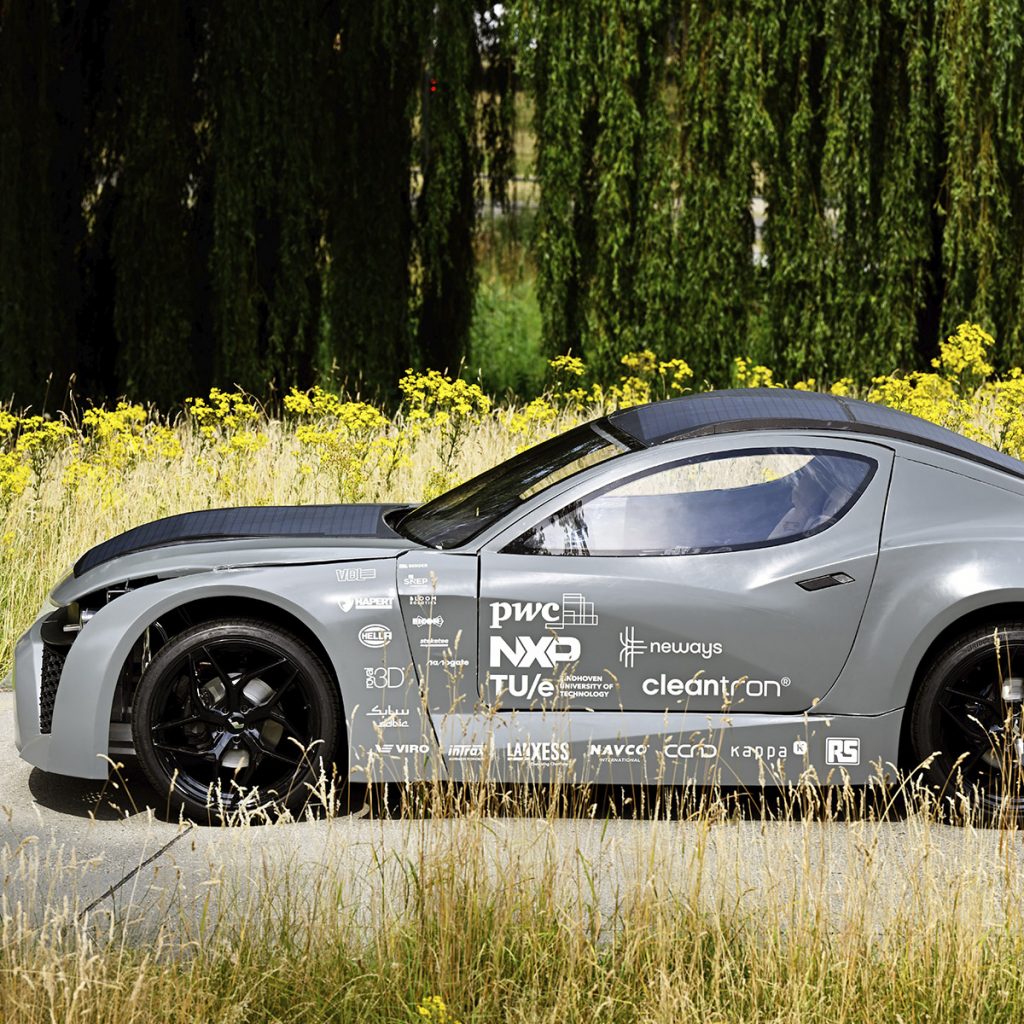
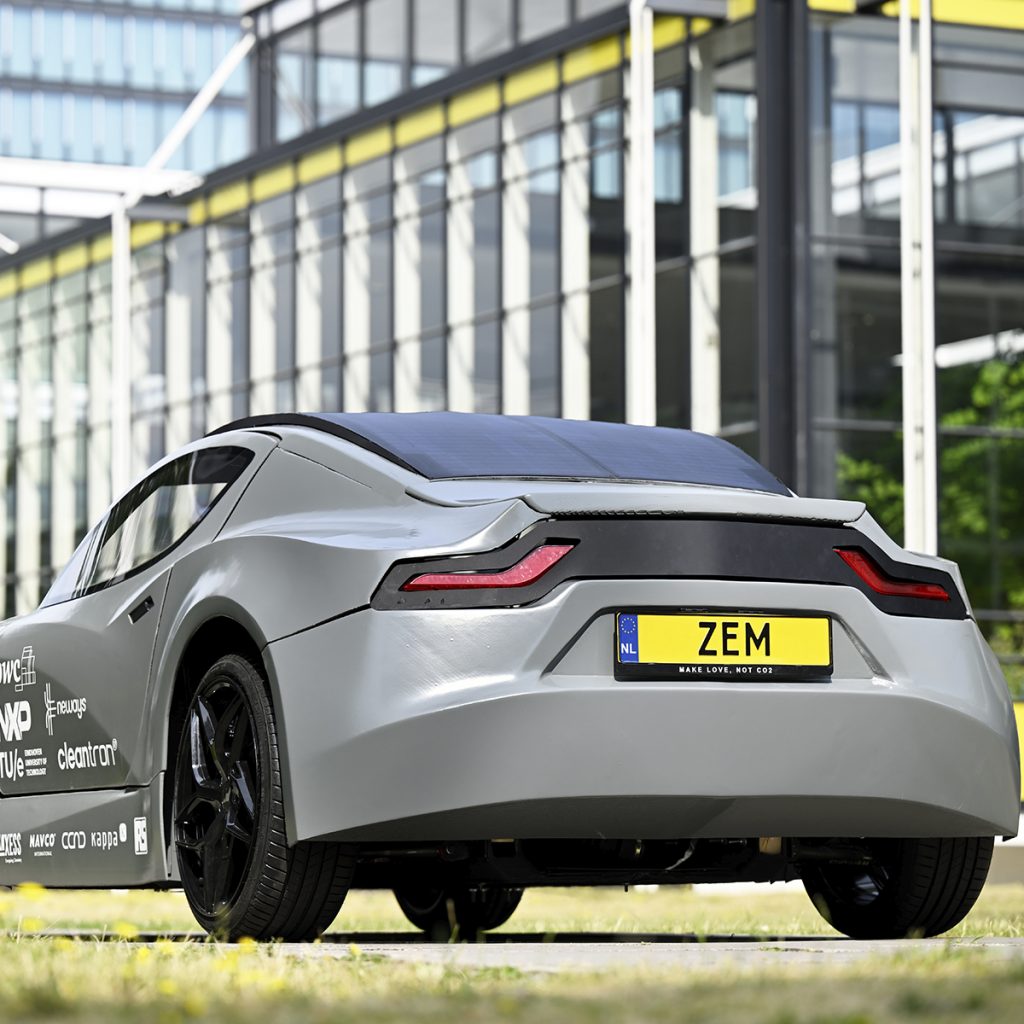
Photos courtesy of TU/ecomotive
Capture emissions, yes, but also reduce them
In the fight against climate change, any innovation with the potential to help should be welcomed. However, emissions-capture technologies come with a caveat: at the moment, according to scientists, they do not allow carbon dioxide and greenhouse gasses to be captured on a sufficient scale. Therefore, capturing emissions is not enough to delay or stop global warming. What’s more, it risks being used as a distraction from the truly compelling need: reducing emissions. An issue which must be taken into account.
But, beyond that, the same technology powered by clean, renewable energy could have a lot of potential in a world that needs to control the amount of gasses that are dumped into the atmosphere.
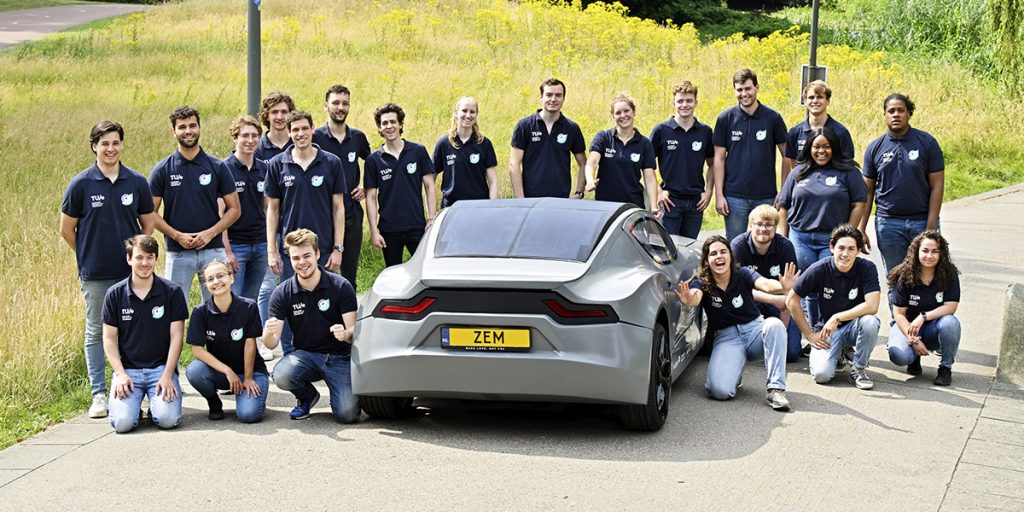
Photos courtesy of TU/ecomotive